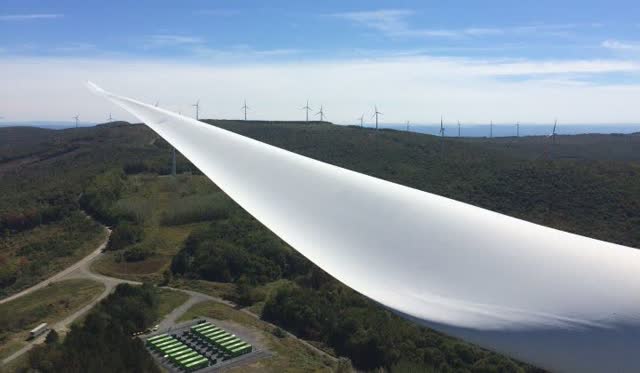Co-location of wind and storage: Greentechmedia Sourced from Invenergy
The coronavirus pandemic is causing chaos, leaving only the brave to do anything but look from the sides to see where it is all going. My take is that this is a time to look strategically at one’s portfolio to see whether it is future-proofed. Readers who follow me will be aware that in addition to two very rare events (COVID-19 and oil price war) happening now, this decade is the one when humanity decides if it wants a future. This means exit from fossil fuels.
Here I review the changing face of renewable energy as both solar PV and wind power shed their “intermittent” badge and start to become dispatchable power sources through strategic adoption of storage, which is mostly big batteries and pumped hydro. Wind projects are the new entrants in this new view of renewable energy. Major wind companies Vestas Wind Systems (OTCPK:VWDRY) and Siemens Gamesa Renewable Energy (GCTAF) both see storage becoming part of many (most?) wind projects in the future. These developments have positive implications for investment in solar PV, wind and battery storage.
Dispatchable renewable power solutions easier sell
In an earlier article concerning the Tesla (NASDAQ:TSLA) Megapack battery, I indicated that adding a big battery facility is going to become a major market for complex battery suppliers. Two major wind suppliers concur that this is where the market is headed, confirming that the battery opportunity and makes clearer how competitive the renewables market is becoming for new large scale power provision. Indeed the first of the solar, plus wind, plus battery plants are now being developed.
To attempt to forestall a sea of comments along the lines of “but a battery can’t possibly store all the power that a wind or solar farm produces,” it is
